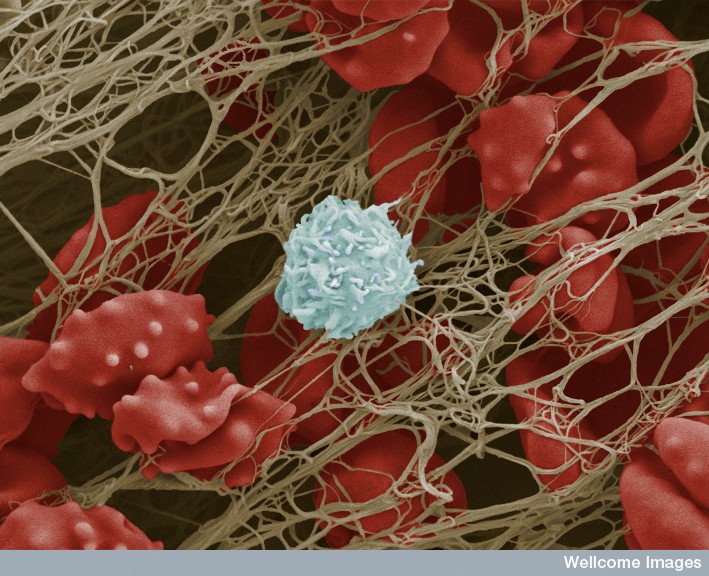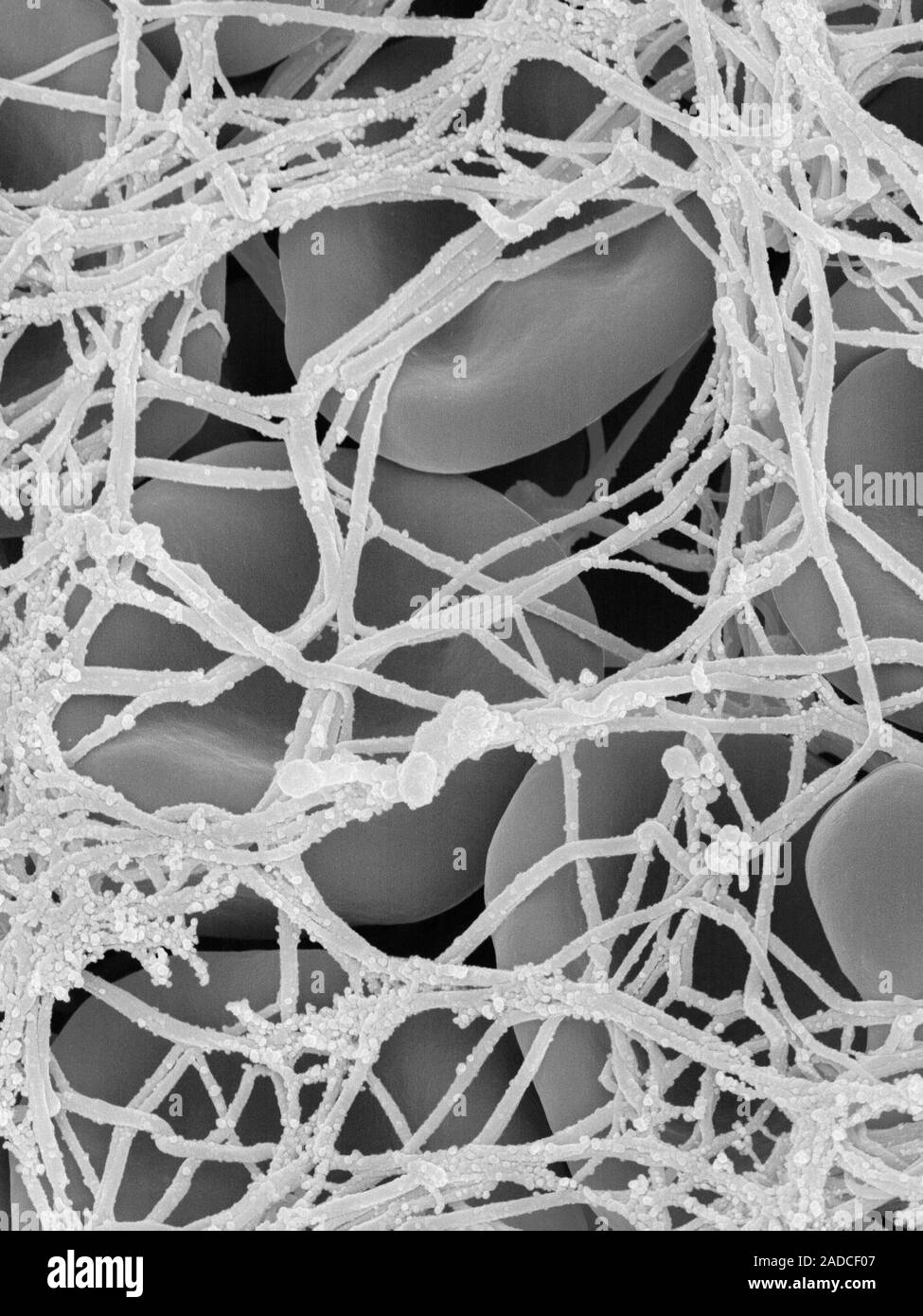

An embolus that blocks an artery is a life- threatening condition.

An embolus may cause sudden blindness in one eye. An embolus blocking an artery in the heart can cause a heart attack. An embolus in the brain can cause a stroke to occur. Less common symptoms may include pain in the back, shoulder or upper abdomen dizziness fainting painful respiration new onset of wheezing and any new heart arrhythmia.Īn embolus may also travel to the heart, brain, or eye. What are the signs and symptoms of a blood clot?Ĭommon symptoms of a pulmonary embolus include: For example, if an embolus blocks an artery in the lung, it is called a pulmonary embolism. As it travels, it compromises blood flow and may become lodged in a smaller blood vessel, causing blockage.
#Blood cell fragments used to clot blood are called free
A thrombus in the leg or pelvic vein is called a deep vein thrombosis (DVT).Ī thrombus that breaks free and travels through the bloodstream it is called an embolus. Although a thrombus may occur in any blood vessel, it most commonly develops in the veins of the leg and can travel through the major blood vessels of the pelvis and lung where it can be fatal. The blood clot is then called a thrombus. Eventually, the cut blood vessel heals and the blood clot dissolves after a few days.Ī blood clot becomes harmful when it blocks an artery or vein and stops blood flow. Next, small molecules, called clotting factors, cause strands of materials, called fibrin, to stick together and seal the inside of the wound.

In this way, a platelet plug is formed and external bleeding stops. The first step in clotting is adhesion of platelets, which are fragments of blood cells that circulate in the blood, to the cut edges of a damaged blood vessel. Common anti-coagulant drugs include warfarin and heparin.Ĭlotting is a mechanism used by the body to stop bleeding. If blood clots are diagnosed or you are considered to be at risk of forming blood clots, drugs that prevent clotting, referred to as anti-coagulants, may be administered to decrease your risk of clotting. A blood clot becomes harmful when it blocks an artery or vein and stops blood flow. Clotting is a mechanism used by the body to stop bleeding. Anxiety Treatment Options During CancerĪ blood clot is a mass of thickened blood.Frequently Asked Questions About Surgery.Prevention and Management of Radiation Side Effects.What To Expect During Radiation Treatment.Techniques for Delivering Radiation Therapy.Understanding and Monitoring Your Blood Counts.


 0 kommentar(er)
0 kommentar(er)
